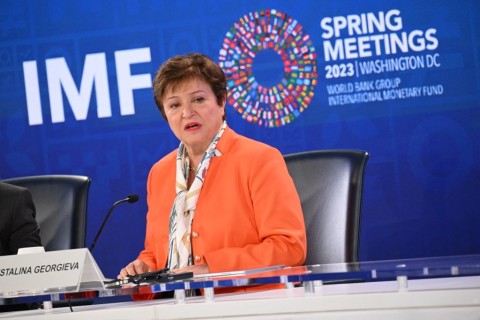FINANCE stakeholders in the Asia Pacific region agreed in a two-day meeting in Bacolod City to develop a vibrant microinsurance in the region as well as create a regional risk pool mechanism to reduce risk of individual countries when there are calamities.
“The meeting today is an offshoot of the finance ministers’ meeting in Tagaytay. In that meeting there was a decision to develop a disaster risk finance in APEC (Asia Pacific Economic Cooperation),” Finance Undersecretary Gil Beltran, the chief economist of the Department of Finance, said in a press conference on Thursday, April 30.
Richard Poulter, World Bank’s disaster risk financing specialist, said the big question raised during the meeting here is how to build resilience among individuals against disastrous events.
The discussions covered two major topics: Micro insurance and disaster risk financing, Poulter said during the press conference.
Micro insurance is at the household level, focusing on how to build resilience for individuals while risk financing deals with ensuring governments have access to funding in a timely manner after a disaster strikes.
Poulter explained risk pooling, in which different countries will come together to share the risk and take it to the global reinsurance markets to achieve a level premium than if they were to go individually to the markets.
APEC has been looking closely at this idea considering that it follows the steps of other risk pools already established in different parts of the world. For instance, in the Caribbean with its Caribbean Risk and Catastrophe Facility and in the Pacific region the Pacific Risk Financing Initiative, he said.
What was discussed during the conference were the prerequisites for a pool and how APEC can put in place such mechanism, Poulter said.
“So if a pool is developed for APEC how can we make sure that it will be successful. The prerequisites here are ones of cooperation between the members of the countries concerned,” he said.
“And the second one is a round data in ensuring that there is sufficient data, which is standardized across all the countries within the pool which they can depend on in a risk transfer mechanism,” he continued.
Also considered during the discussion is whether risk pooling is not necessarily the only answer to developing a risk financing strategy, he said, noting however that risk pooling can form one part of a broader strategy.
“And understanding if really risk pool is appropriate for a country of APEC is the next step,” he added.
In the final session, Poulter said stakeholders and delegates discussed the ways to move forward on the Cebu Action Plan to be launched in September.
It was suggested as part of of the Cebu Action Plan is to have a feasibility study of whether a risk pool mechanism would be appropriate and possible for the APEC member economies in terms of building resilience in times of disasters, he said. (PCOO/PND)



